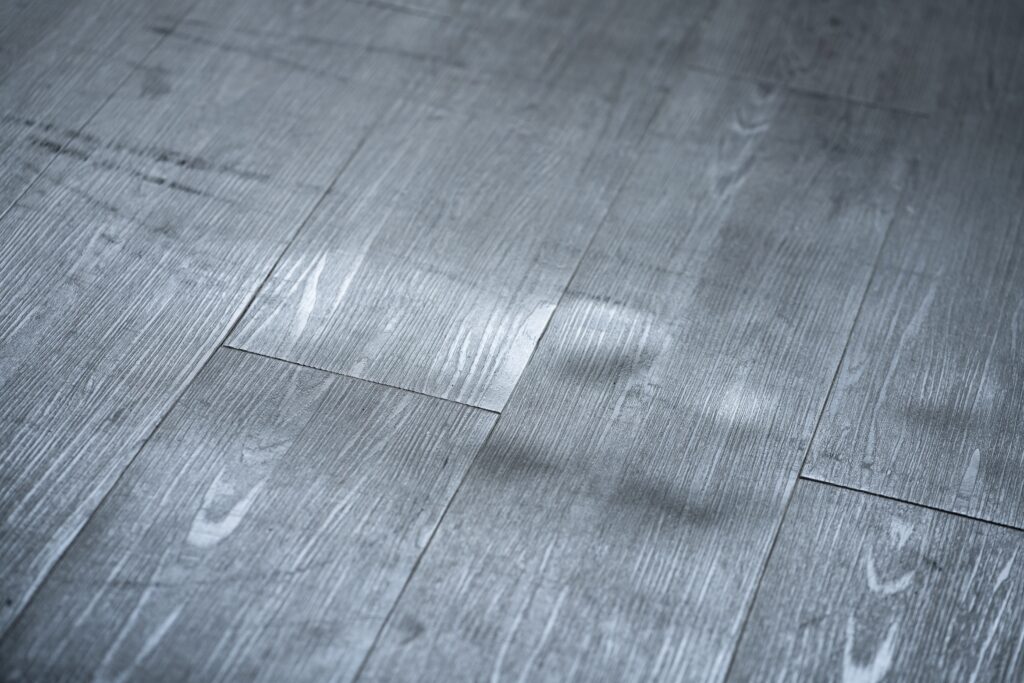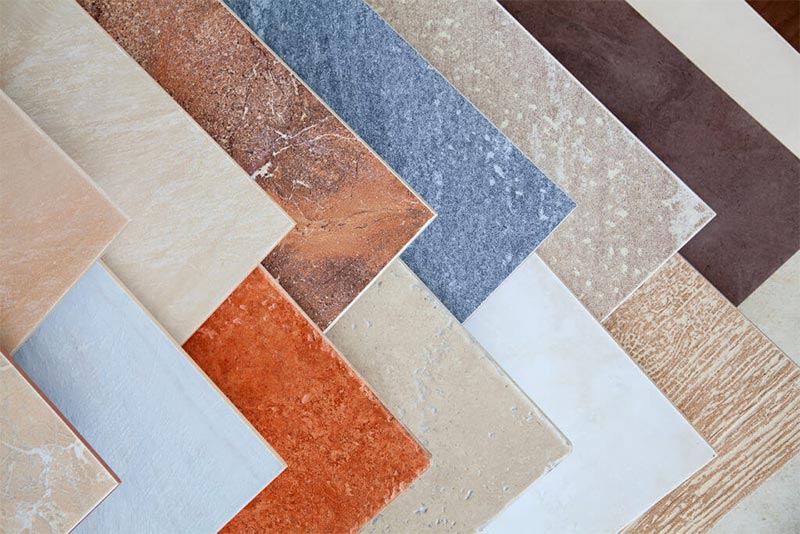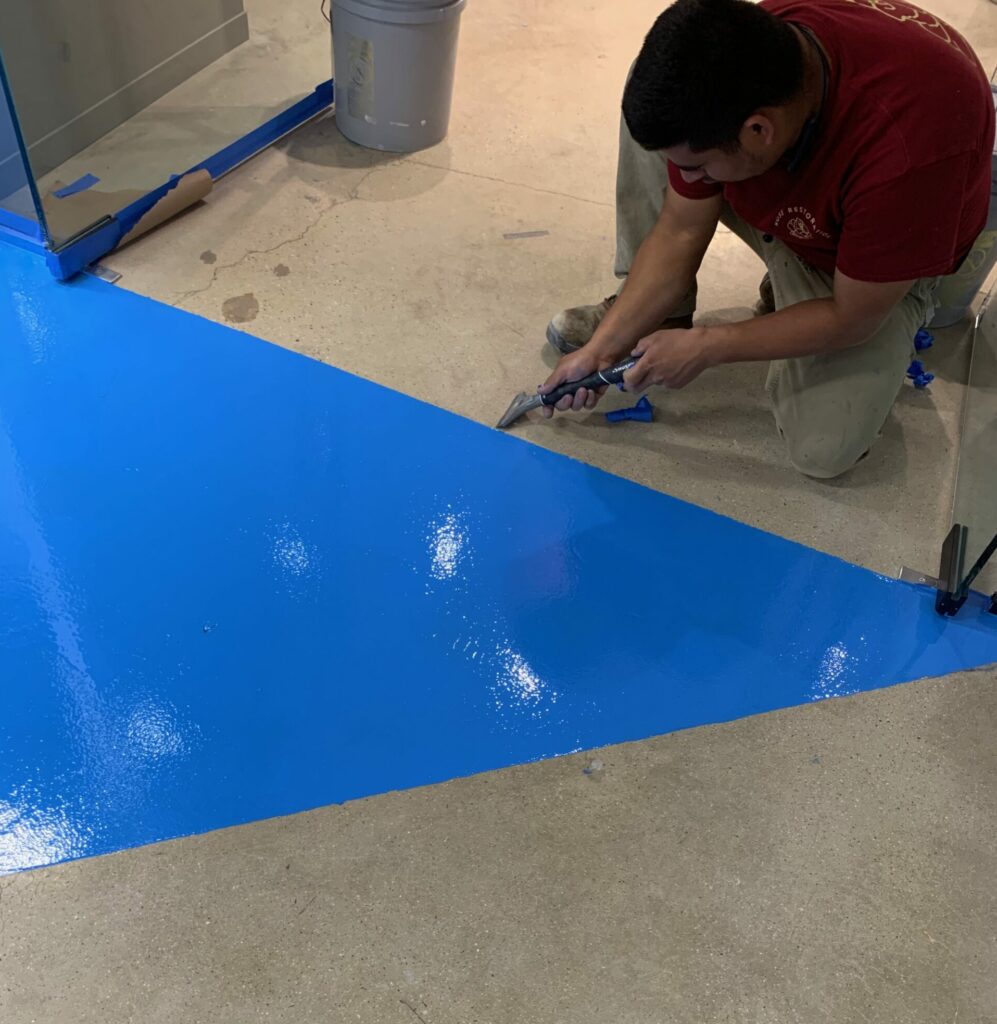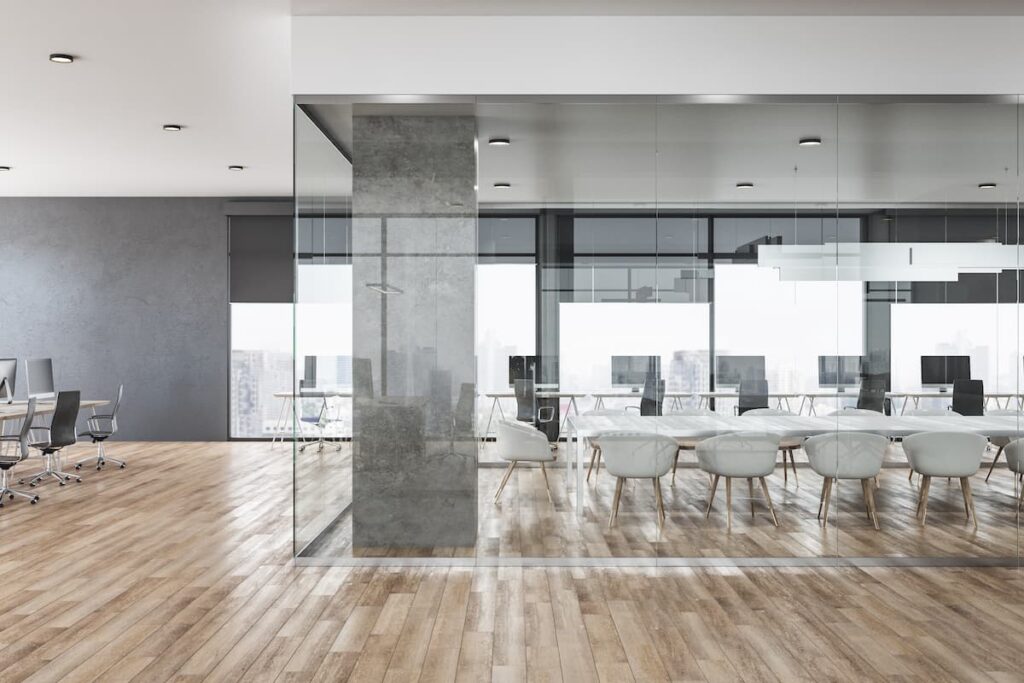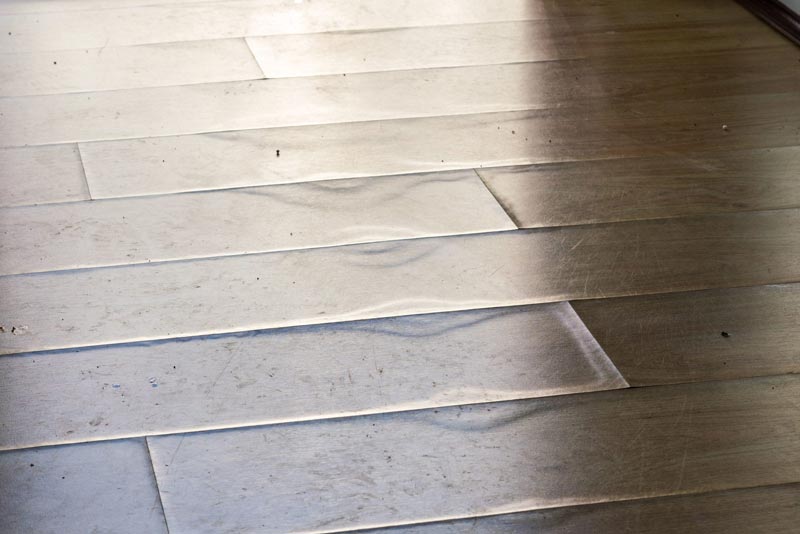 If you have a concrete floor or subfloor, you may have noticed a particular problem: moisture. Perhaps you initially thought it was from a leak or spill but found no evidence. Despite your attempts to keep your flooring spotless, you still find dampness. Where is the water coming from?
If you have a concrete floor or subfloor, you may have noticed a particular problem: moisture. Perhaps you initially thought it was from a leak or spill but found no evidence. Despite your attempts to keep your flooring spotless, you still find dampness. Where is the water coming from?
Here at Precision Flooring Services, we’re quite familiar with this particular issue. As it turns out, concrete floors and subfloors tend to have a dampness problem, especially during certain times of the year.
Why Your Concrete Floor is Wet
Subfloor moisture problems have two sources: humidity from the air and dampness from the ground. In both cases, the issues are exacerbated by warm air, which is why people in warmer climates may notice this problem more often.
It’s essential to identify the source of the problem, as some of the treatments for one don’t work for the other. Fortunately, it’s relatively easy to figure out if the moisture is coming from above or below.
Rising Moisture
Despite the solid appearance of concrete, it’s quite porous. This means liquid can make its way upward or downward via thin pathways.
During the spring, the air gradually rises in temperature, becoming warmer than the water absorbed by the concrete. Water rises toward the warm air, where it collects along the floor or subfloor’s surface.
How can you tell if rising moisture is the problem? The trick is to place a flat object, such as a mat or plastic sheet, on the floor and leave it for a time. If water gathers on the bottom of the object, but the surrounding floor seems dry, you have a rising moisture issue.
Condensation Causing Wet Floors
Condensation occurs on a variety of objects — if you’ve ever encountered droplets on the outside of a cold soda can, then you’ve dealt with condensation. What causes it? When the water reaches a certain temperature, it becomes water vapor, which is invisible in the air. When that vapor touches something colder (such as a concrete slab), it becomes liquid again.
The test for condensation is the same as the test for rising moisture, with one slight difference. If condensation is the issue, the water will be on top of the flat object, and the ground will be dry underneath it.
How Moisture in Flooring Becomes a Problem
Wet floors are a huge problem, whether it’s in the walls, ceiling, or floor. Both commercial flooring and residential properties can be affected, which means business owners and homeowners need to be on the lookout for unexplained dampness.
It’s easy to dismiss dampness from a concrete garage or basement floor, as it can be easily mopped up. However, that liquid can wick into walls, leading to rot and mildew. Additionally, it can create health problems and even ruin your flooring, causing you to need to remove and repair your floor.
Warped Flooring
If you have durable linoleum or vinyl over a concrete subfloor, water can undermine its integrity. As a result, you’ll see warping, bowing, and peeling. Though you can easily replace these flooring materials, you’ll continue to see this damage until the underlying issue is addressed.
Mold from a Wet Floor
Whenever moisture is involved, mold is an issue. This fungus flourishes with ample dampness and can be unsightly, smell foul and even cause health issues.
Mold releases airborne spores that can cause respiratory problems when inhaled. Individuals with allergies or asthma can be hit especially hard.
Additionally, mold can grow in hard-to-reach and hidden places. For example, mold can grow inside the walls and be virtually undetected until it’s become a major issue. Since condensation can wick into walls, this is a real threat with sweating concrete.
Pressure
Many people seal their concrete to make for easier maintenance and a longer lifespan. However, that can trap rising moisture. As time goes on, that dampness builds up pressure as more and more liquid moves to the surface. Eventually, the pressure can become so great that the sealant delaminates.
Efflorescence
If regular sealers are applied to concrete, rising moisture can result in efflorescence. This is the migration of salt, which results in white streaks across the surface of your slab. Since the migration is taking place underneath the sealant, it’s an extremely difficult issue to address.
Discoloration
Many concrete floors are stained to achieve a more professional and aesthetically pleasing appearance. However, when you add wetness to the equation, a careful application can go to waste.
Rising dampness can interfere with the copper salts used in staining. The result is unattractive discoloration.
Structural Failure
Water from the subfloor can cause corrosion and degradation in the floor and walls. At worst, these can undermine the supportive structures that keep buildings sturdy.
Additionally, moisture attracts termites. These little pests infest and eat away at buildings’ wooden structures. Getting rid of termites and repairing the damage can be extremely expensive.
How to Stop Moisture Coming Through Concrete Floor
No matter what’s causing liquid to collect on your concrete floor or subfloor, there is a solution. Oftentimes, you can reduce the amount of moisture by adjusting the environment.
For example, if condensation is the issue, you can increase air circulation. This keeps air from lingering against the floor’s colder surface and transitioning from water vapor into liquid.
You can also keep humidity to a minimum by ensuring that windows and doors are properly weather sealed. Often, these openings can let in airflow even when they’re closed. Weather sealing ensures that they’re airtight, thereby giving you more control over the indoor climate.
Sometimes, even these nifty tricks won’t stop wetness from being a problem. If you’ve made adjustments to the environment but still notice your concrete slabs are sweating, it’s time to call in the experts.
Solutions for Condensation
Water on the floor but no leak? You can hire professionals to seal it to prevent condensation from damaging vinyl, linoleum, or wood flooring. This creates a barrier between your flooring and the liquid collecting on it. It’s important to note that this process doesn’t stop liquid from accumulating, but it does prevent concerns such as mold, warping, and deterioration.
Solutions for Rising Moisture
Unfortunately, rising dampness isn’t as easy to deal with as condensation. Placing a sealant on top of flooring will only trap the moisture, leading to further problems.
However, there is a solution: a moisture control system. Though it sounds complicated, dampness control is a simple concept. They’re chemical barriers made of epoxy and are applied directly to the concrete slab. This prevents wetness from reaching flooring from below or manifesting on concrete flooring’s surface.
Precision Flooring Services are the experts when it comes to repairing and preventing flooring damage. We’re proud to work with both business owners and homeowners to restore their property and protect against future issues. To learn more or to request an estimate, give us a call at 888-765-4737 or contact us online.
Image Credit: Shuttershock/Sarnia

